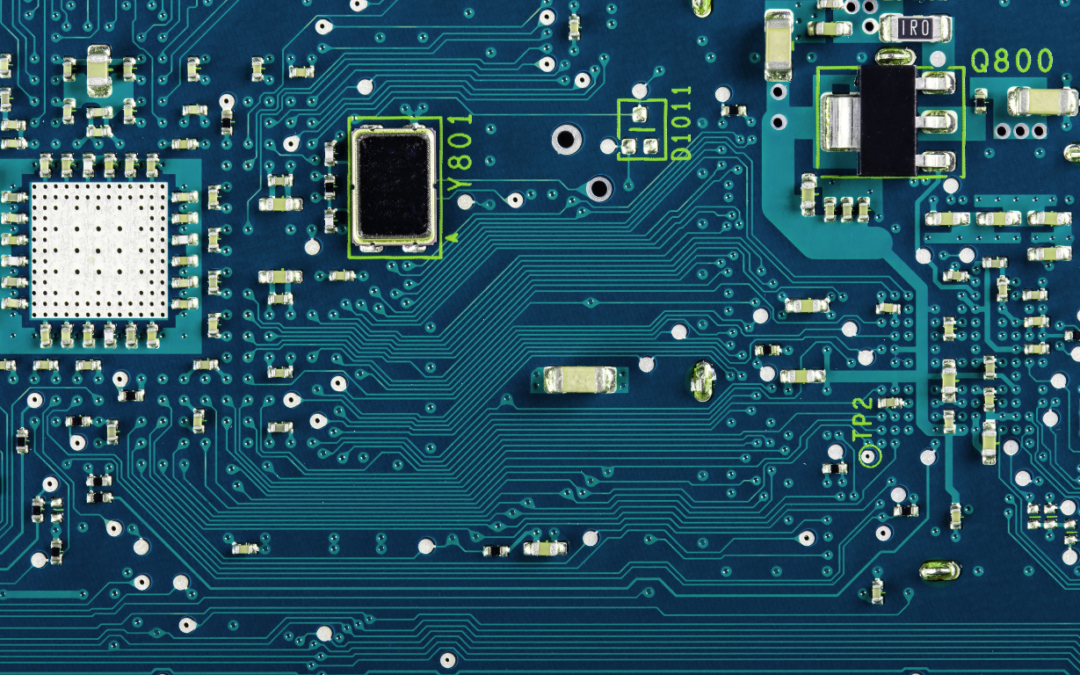Selecting the best PCB design software is a critical step in ensuring the success of your PCB board design projects. Whether you’re a seasoned professional or just starting, choosing the right software can streamline your workflow, enhance design accuracy, and ultimately produce superior results. This comprehensive guide will help you navigate the selection process by focusing on your project requirements, budget, and skill level, with relevant internal and external resources linked throughout.
1. Assess Your Project Requirements
- Complexity and Scale: The complexity of your PCB design dictates the level of software you need. For intricate, multi-layer designs, advanced features such as signal integrity analysis and thermal management are essential. Altium Designer is a software that excels in handling complex PCB board design projects. For simpler designs, KiCad might suffice.

- Specific Design Rules: Your software should support the specific design rules required for your project, such as spacing constraints, impedance control, and more. Ensuring that your PCB design software aligns with your project’s unique requirements can prevent costly revisions later. For more detailed considerations, refer to our article on Avoiding Common PCB Design Mistakes.
2. Budget Considerations
- Free vs. Paid Software: Depending on your budget and the complexity of your project, you may choose between free tools like EasyEDA and paid options such as Cadence Allegro. Free software is great for hobbyists or small-scale projects, but for more demanding tasks, investing in professional-grade software is often worth it.
- Subscription vs. Perpetual Licensing: Consider how long you’ll need the software. Subscription-based models might be more affordable for short-term projects, while perpetual licenses can be more cost-effective for ongoing use. For insights on how we manage different projects within budget, visit our Project Management page.
3. Skill Level and Learning Curve
- Ease of Use: Beginners might prefer user-friendly software with a gentle learning curve, such as EAGLE, which offers extensive tutorials and a strong user community. As your skills develop, transitioning to more advanced tools like OrCAD can open up more sophisticated design possibilities. Explore our PCB Assembly page to see how we handle the transition from design to production.
- Support and Community Resources: The availability of robust support and an active user community can significantly ease the learning curve. Software with extensive online resources, such as forums, video tutorials, and user manuals, can help you quickly overcome challenges. Our article on PCB Layout Tips offers practical advice that complements the tools you choose.
4. Key Software Features
 Simulation and Testing Capabilities: Reliable simulation and testing features are essential for verifying that your PCB design will function as intended before moving to production. OrCAD is known for its powerful simulation tools, which are crucial for identifying potential issues early in the design process. To learn more about how we ensure quality in every project, check out our Quality Assurance page.
Simulation and Testing Capabilities: Reliable simulation and testing features are essential for verifying that your PCB design will function as intended before moving to production. OrCAD is known for its powerful simulation tools, which are crucial for identifying potential issues early in the design process. To learn more about how we ensure quality in every project, check out our Quality Assurance page.- Component Libraries and Third-Party Integration: Access to a comprehensive component library can streamline the design process. Tools like DipTrace offer extensive libraries and easy integration with third-party components, ensuring that you have all the necessary elements at your fingertips. This can be particularly helpful when working on projects that require specialized components.
5. Integration and Collaboration Tools
- File Compatibility: Ensure that the PCB board design software you choose can handle the file formats your manufacturing partners use. Compatibility with industry-standard formats like Gerber files is non-negotiable for seamless production. For more on how we integrate design and manufacturing, visit our Manufacturing Services page.
- Collaboration Features: If you’re working with a team, consider software that includes collaboration tools. Cloud-based platforms like Altium Designer allow multiple designers to work on the same project simultaneously, making it easier to manage complex projects. This feature is especially valuable when coordinating between design and production teams.
6. Try Before You Buy

- Free Trials and Demos: Before committing to a particular PCB design software, take advantage of free trials and demos to ensure it meets your needs. This hands-on experience is crucial for evaluating usability and features, ensuring that the software you choose is the best fit for your project.
- Future-Proof Your Choice: Consider how your needs might evolve over time. If you plan to take on more complex projects or scale your operations, choose software that can grow with you. Altium Designer, for instance, offers a range of advanced features that can accommodate increasingly sophisticated designs, making it one of the best PCB design software options for professionals looking to future-proof their capabilities.
Choosing the right PCB design software is a pivotal decision that can influence the success of your projects. By thoroughly evaluating your project requirements, budget, and skill level, you can make an informed choice that ensures a smooth and efficient design process. Check out our PCB Services page for more on how we handle complex designs.


Recent Comments